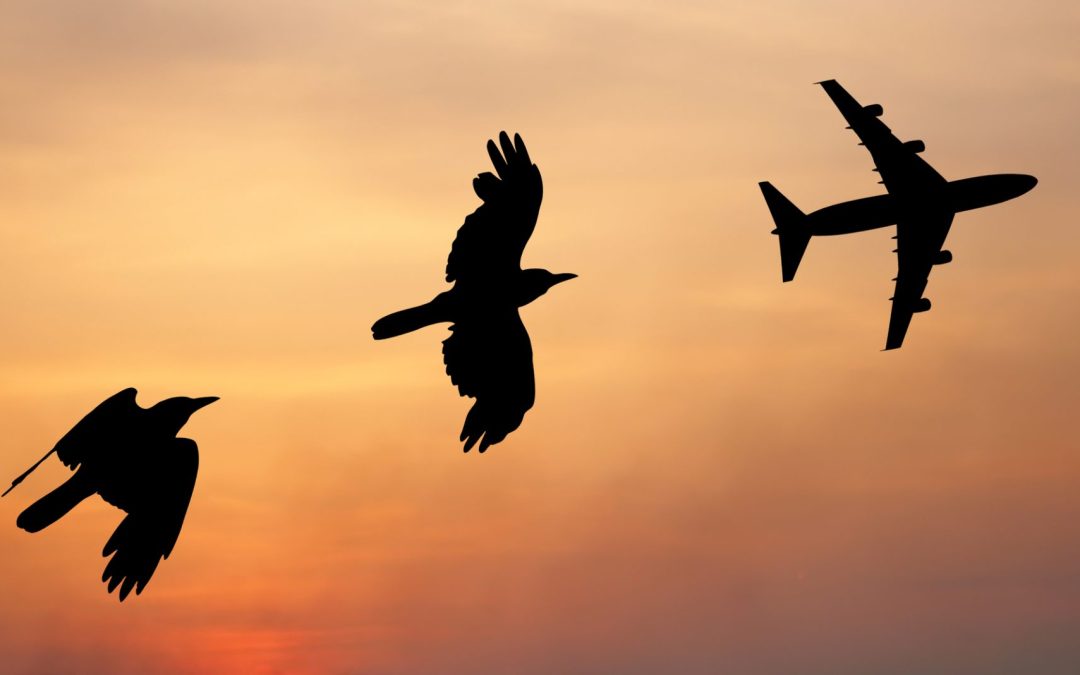Despite man’s best efforts, it may be surprising to learn, we are not the only users of the sky. Birds have long been a hazard to aviation, or perhaps more accurately, human flying machines are a danger to birds, who arguably have more claim to flight than man does. However, as this is a column about aviation (man’s attempt to master the sky), then let’s explore birds impact on successful outcomes in aviation.
Everyone involved in aviation and most other people in the western world will remember the Hudson River ditching by Captain Sullenberger in 2009. This was a result of a double engine failure caused by ingesting a flock of birds. As robust as jet engines are, they do not cope with multiple birds being ingested. The outcome is obviously fatal for the birds too. Again in 2009, a Ryanair B737 had a double engine failure as a result of multiple bird strikes on approach into Rome Ciampino airport. While the aircraft was severely damaged, as with the Hudson river incident, only the quick instinctive actions of the flight crew prevented further damage and/or loss of life.

There are a few areas where birdstrike awareness and solutions can be delved into. In the cockpit, regular training in the simulator to lessen the startle effect of such an event and give tools to the pilots should they find themselves in this situation, go some way toward mitigating an untimely meeting with feathered friends. But as they say, prevention is always better than cure. It is better to not have as many birds flocking around airports, so as to lessen the potential hazard. Unfortunately, airports are often built near water, or on the edge of cities, near farmers fields, and so on. These are all places where birds like to flock. The site of an airport can play a huge part in wildlife events. By the way, while birds are the major wildlife threat, included in “birdstrike” incidents are reports of other wildlife events; from rabbits, to deer, to moose, to kangaroo! The term birdstrike is used as an overall term denoting all wildlife. A few decades ago, people were employed to shoot birds near or on airports. This had it’s own problems. More recently, propane cannons are used to make a loud noise to scare birds from settling or roosting. These methods have had limited success. Also, time of day or time of year can make a big difference to the risk of a birdstrike event. Ornithologists have been well used to advise local airport authorities of bird movements within the local area at different times of day or the seasons.


Recent Comments